- Home
- /
- Digitalization
- /
- The Comprehensive Guide to NFTs
Introduction
NFTs, or Non-Fungible Tokens, are unique digital assets stored on a blockchain, representing ownership or proof of authenticity of a specific item. Unlike cryptocurrencies like Bitcoin or Ethereum, which are fungible and can be exchanged one-for-one, NFTs are one-of-a-kind, making them particularly valuable in digital art, collectibles, gaming, and more. But what’s really behind all the buzz? Let’s dive deep into the world of NFTs, exploring their core concepts, applications, regulations, and some exciting case studies.
What are NFTs?
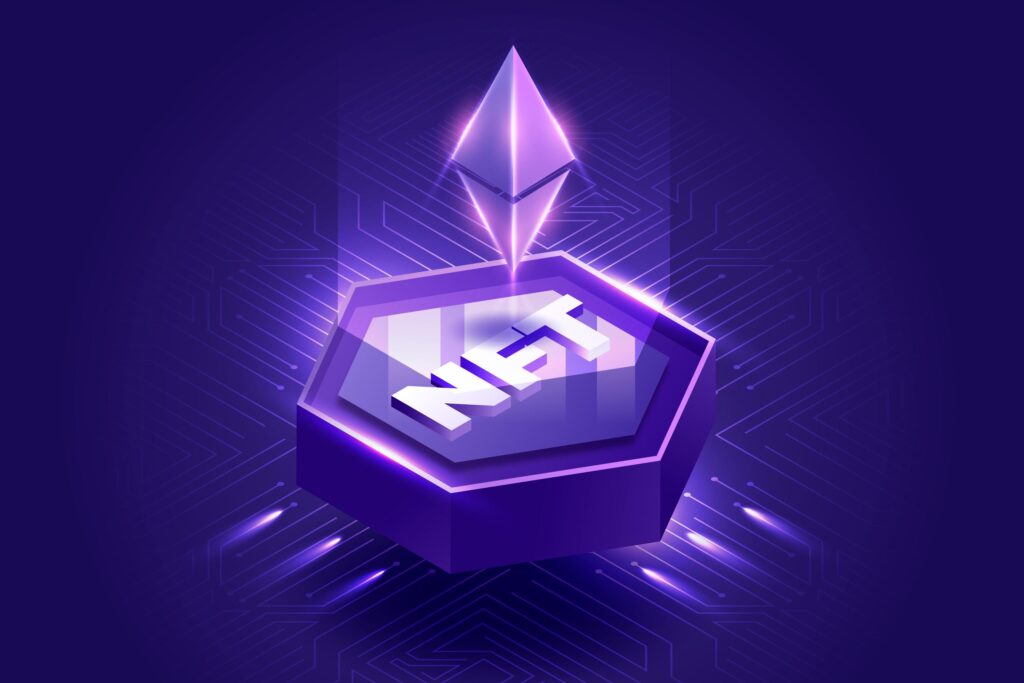
An NFT is a digital asset tied to a blockchain, usually Ethereum, that signifies ownership of a particular item or piece of content. What makes them “non-fungible” is that each NFT is unique or limited in some way, making it irreplaceable. Think of them as digital certificates or tokens of ownership for things like art, music, videos, or even tweets. The beauty lies in their ability to prove the original owner of an asset, especially in digital spaces where replicating content is incredibly easy.
How Do NFTs Work?
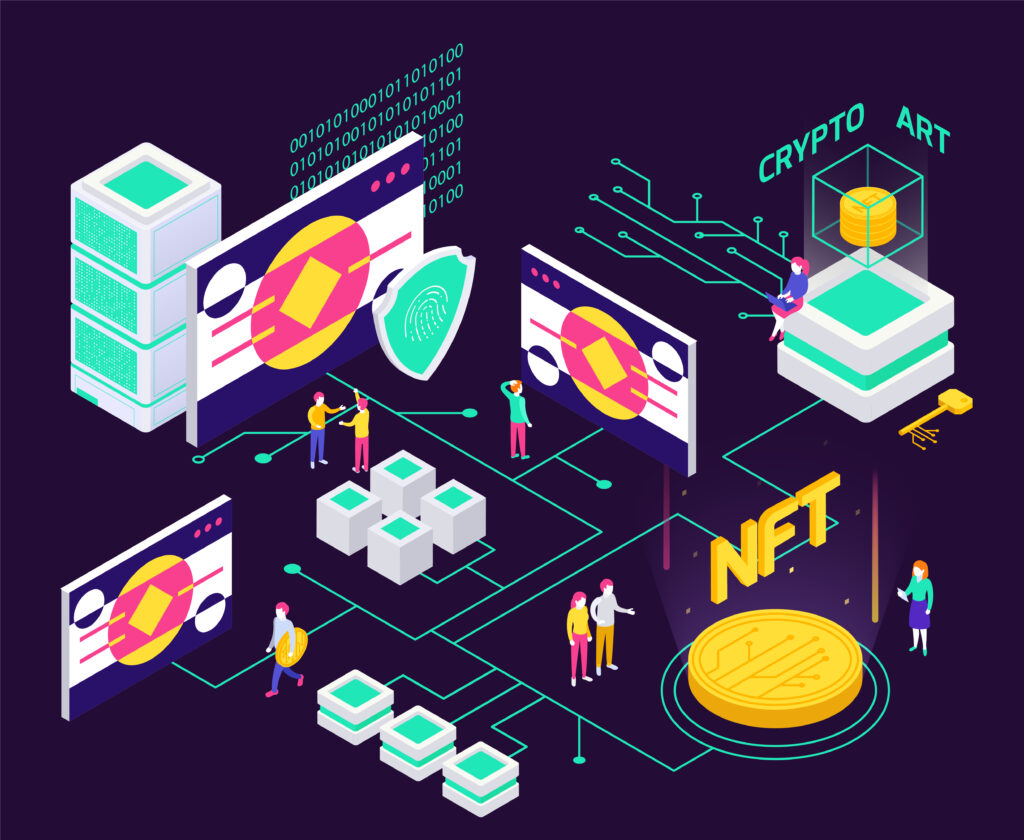
At their core, NFTs are built on smart contracts on a blockchain. Most NFTs today are hosted on the Ethereum blockchain, which supports ERC-721 and ERC-1155 standards for unique and semi-unique digital items. When you buy an NFT, what you’re really buying is a unique token that represents ownership of a particular item or content. This item could be anything from digital artwork to music tracks to virtual real estate.
The blockchain technology ensures transparency and immutability, meaning that anyone can trace the NFT’s transaction history and ownership, verifying that it’s genuine. Once the token is purchased, it’s stored in the buyer’s digital wallet, and the ownership is automatically updated on the blockchain.
Key Concepts Behind NFTs
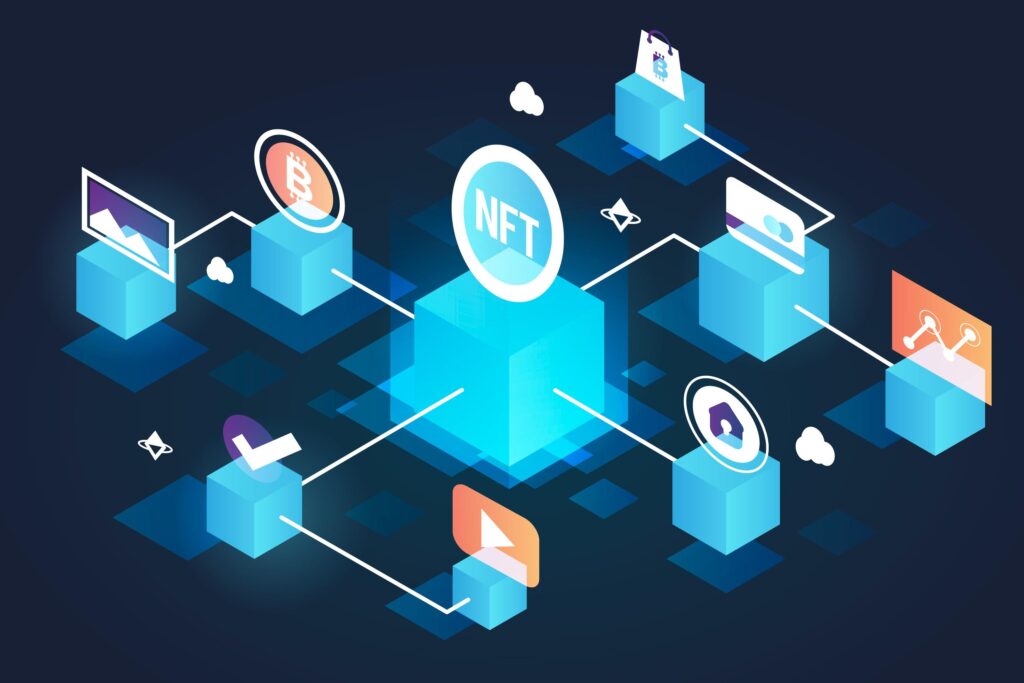
- Blockchain: The technology that stores NFTs securely. Ethereum is the most commonly used blockchain for NFTs, but other blockchains like Binance Smart Chain and Solana are also gaining popularity.
- Smart Contracts: These are self-executing contracts with terms directly written into code. NFTs are usually governed by smart contracts that determine how they can be bought, sold, or transferred.
- Minting: The process of creating an NFT. This involves uploading a digital asset to a blockchain to create a unique token.
- Interoperability: NFTs can be transferred across platforms, meaning a single NFT could potentially be used in various games or virtual environments.
NFT Applications: Real-World Use Cases
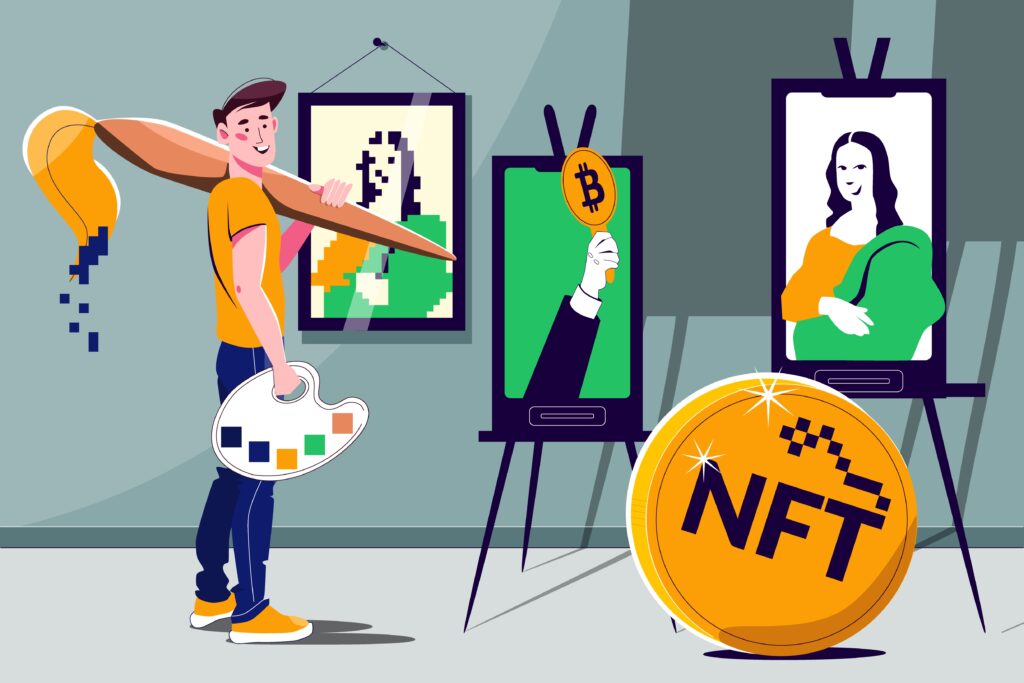
1. Digital Art
NFTs have revolutionized the art world, offering digital artists a new way to sell and monetize their work. For instance, Beeple, a digital artist, made headlines in March 2021 when his artwork sold for a staggering $69 million at a Christie’s auction.
NFTs allow artists to sell their work directly to collectors without relying on traditional galleries or auction houses. The NFT acts as a certificate of authenticity, which is something that’s crucial in the digital world, where copying and stealing art is just a click away.
2. Gaming and Virtual Real Estate
NFTs have made their way into the gaming industry, where players can own and trade in-game assets like skins, weapons, and characters. Games like Axie Infinity have pioneered this space, allowing players to earn NFTs by participating in gameplay and breeding virtual creatures.
Virtual worlds like Decentraland and The Sandbox allow users to buy virtual land, build on it, and sell it. These pieces of virtual land are bought and sold as NFTs, giving players the opportunity to own a piece of the digital universe.
3. Music and Media
NFTs are providing artists with a new revenue stream by allowing them to sell exclusive tracks, albums, or even concert tickets as NFTs. Kings of Leon, for example, released an album as an NFT, offering exclusive content to their fans in a way never seen before in the music industry.
NFT Regulations: What You Should Know
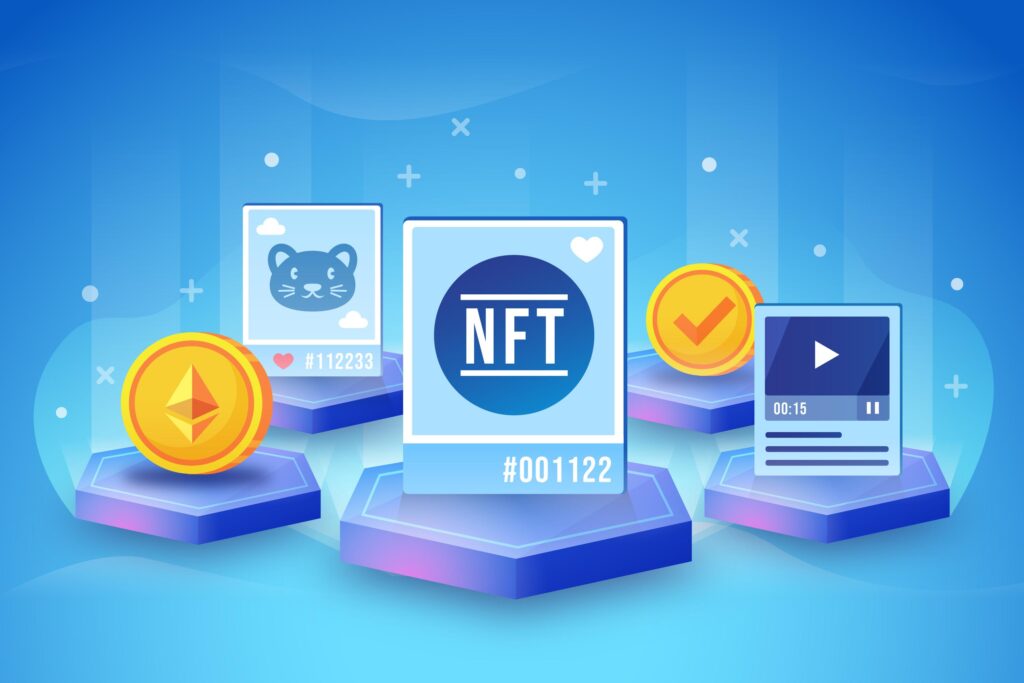
As NFTs grow in popularity, questions about regulations are becoming more pressing. While some countries have embraced NFTs as part of the digital economy, others remain hesitant, viewing them as speculative or even dangerous for investors. Here’s what’s happening on the regulatory front:
- United States: The U.S. Securities and Exchange Commission (SEC) has not officially classified NFTs as securities, but there are growing concerns about whether certain NFTs could fall under the definition of “investment contracts.”
- Europe: In the European Union, regulations are slowly catching up with the growing interest in NFTs. The EU has proposed a Digital Finance Package that includes clearer guidelines for crypto-assets, which could eventually affect NFT transactions.
- Asia: Countries like China have banned cryptocurrency trading, and it’s unclear how they’ll regulate NFTs. On the other hand, Japan is slowly integrating NFTs into its broader regulatory framework.
NFT Case Studies
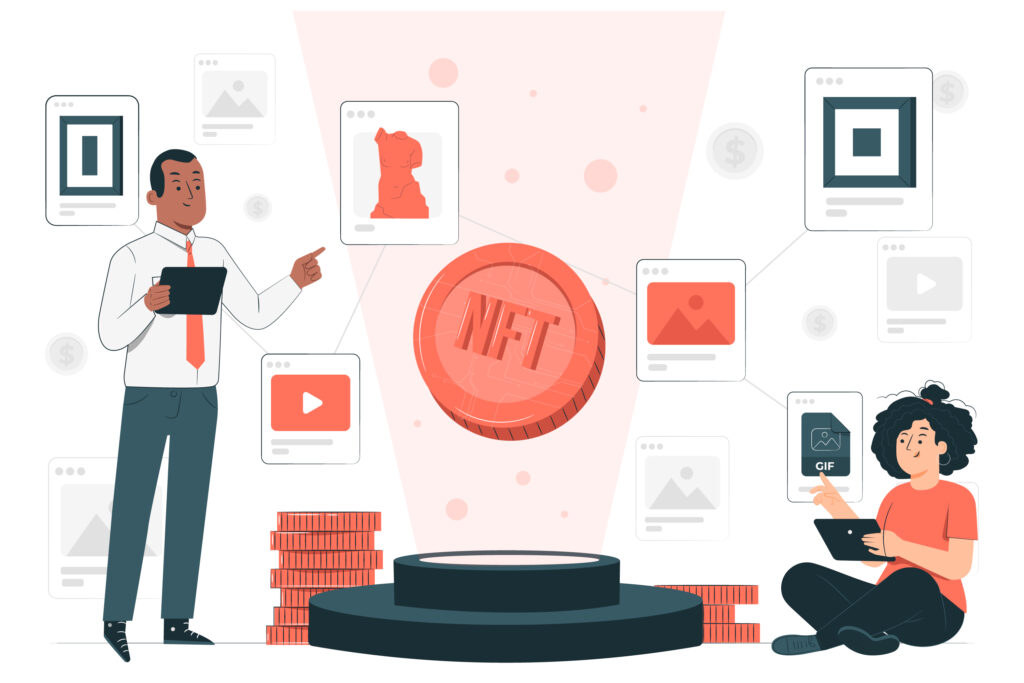
1. CryptoPunks
CryptoPunks are one of the earliest examples of NFTs, created by Larva Labs in 2017. These 10,000 unique 24×24 pixel art characters became extremely popular and are often sold for millions of dollars. CryptoPunks paved the way for NFT art as we know it today, and their market continues to grow.
2. Bored Ape Yacht Club (BAYC)
Launched in April 2021, the Bored Ape Yacht Club is a collection of 10,000 hand-drawn, unique apes that function as both digital art and a membership to an exclusive club. Buyers of the NFTs gain access to exclusive events, merchandise, and a tight-knit community. The project has seen huge success, with certain Bored Apes selling for over $1 million.
Risks and Challenges of NFTs
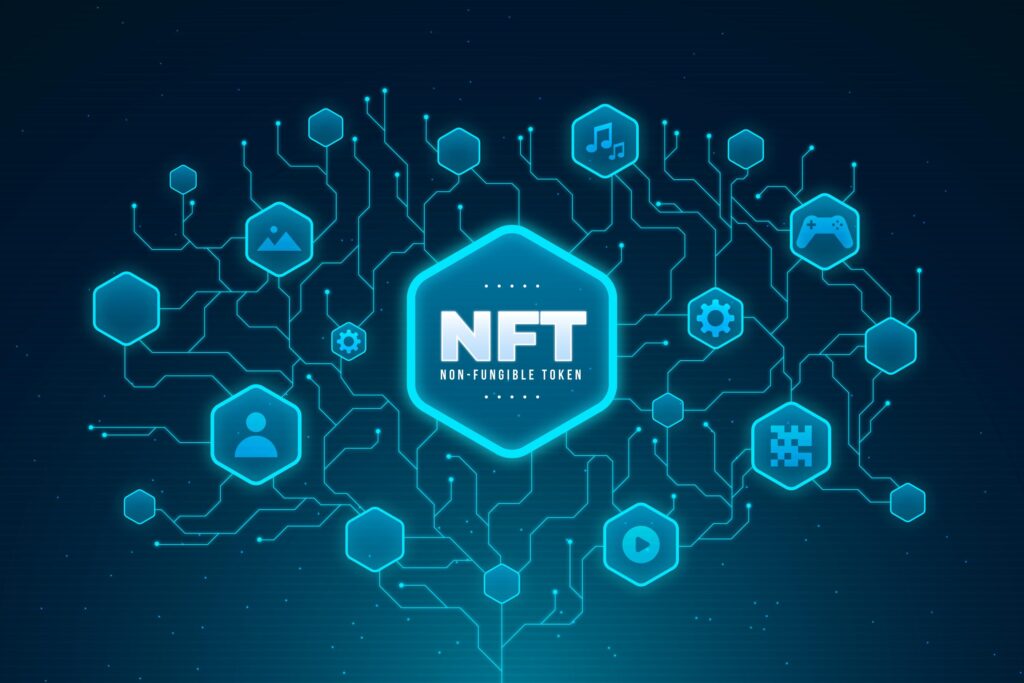
While the NFT market has exploded in popularity, it’s not without its challenges:
- Environmental Impact: The blockchain technology behind NFTs, especially Ethereum, consumes a large amount of energy, raising concerns about their environmental impact.
- Market Volatility: NFTs can be highly speculative and prone to price volatility. The market for certain assets can dry up quickly, leaving owners with NFTs that are hard to sell.
- Intellectual Property Issues: Ownership of an NFT does not always mean the buyer has intellectual property rights to the digital asset it represents. In many cases, the creator retains those rights.
Frequently Asked Questions (FAQs)
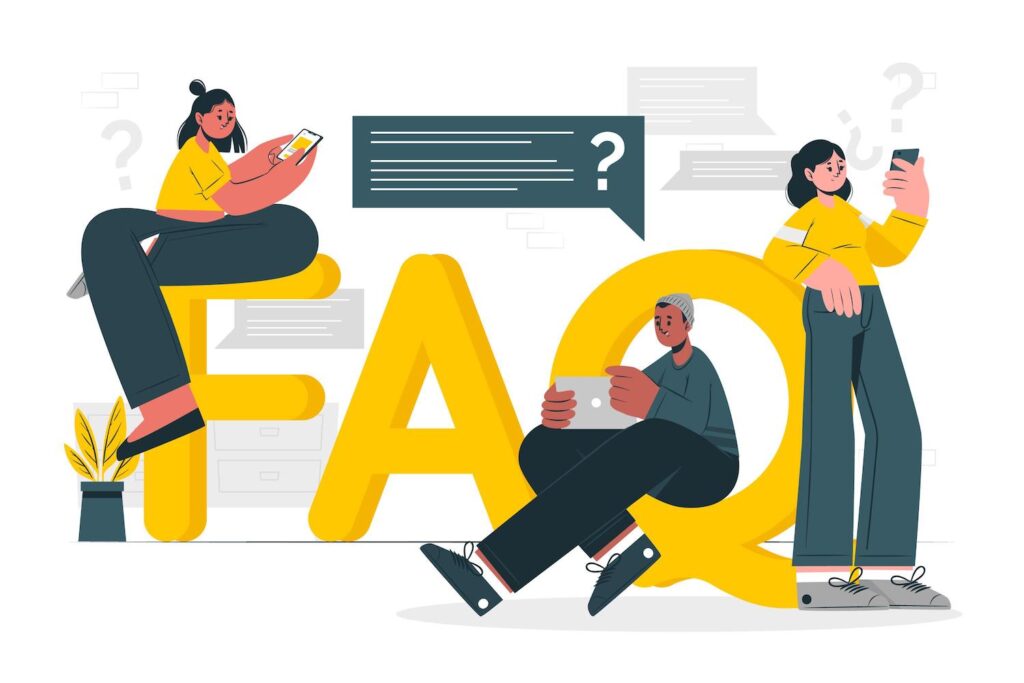
Q1: Are NFTs just a trend?
No, NFTs represent a new way of owning digital assets and are expected to evolve across various industries like gaming, art, and entertainment.
Q2: How can I buy an NFT?
To buy an NFT, you’ll need a cryptocurrency wallet like MetaMask and some Ethereum or other supported cryptocurrency. Then, you can visit NFT marketplaces like OpenSea or Rarible to browse and make purchases.
Q3: Can NFTs be resold?
Yes! NFTs can be resold on various marketplaces. The blockchain ensures that ownership history and authenticity are transparent.
Q4: How do I store NFTs?
NFTs are stored in a digital wallet, much like cryptocurrency. They’re typically stored as part of your wallet’s collection on blockchain platforms.
Q5: Are NFTs a good investment?
NFTs are a highly speculative investment. Some people have made substantial profits, but others have seen their NFT assets lose value quickly. Always do your own research and invest wisely.
The Future of NFTs

The future of NFTs is incredibly promising. With advancements in blockchain technology and increased adoption by mainstream industries, NFTs are expected to grow and evolve. From gaming to virtual reality to media, NFTs are poised to revolutionize how we interact with digital assets.
NFTs aren’t just a fleeting trend—they represent a shift in how digital ownership, creativity, and value are perceived in the virtual world. So, if you’re still on the sidelines, now might be the time to dive in and explore the fascinating world of NFTs.
Conclusion
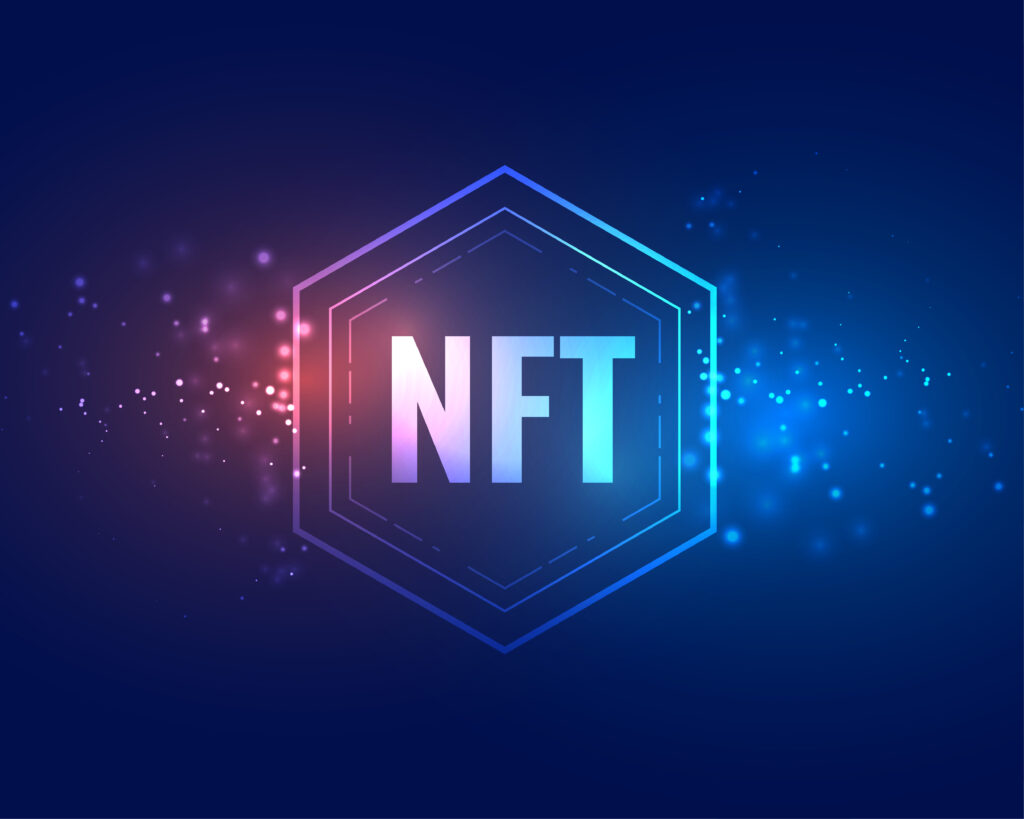
NFTs have created a monumental shift in how we view and interact with digital content. Whether you’re an artist, investor, or collector, understanding NFTs opens up a world of possibilities. With their unique ability to authenticate digital ownership, NFTs are paving the way for a new era of digital assets and creativity. Stay informed, and who knows—your next big investment might just be an NFT.
Enjoyed this article? Want to discover the top 10 crypto wallets for 2025? Check them out here. Eager to explore more about blockchain and cryptocurrencies? Click here to dive deeper. Interested in the evolution of the World Wide Web from Web 1.0 to Web 3.0 and beyond? Explore it here.

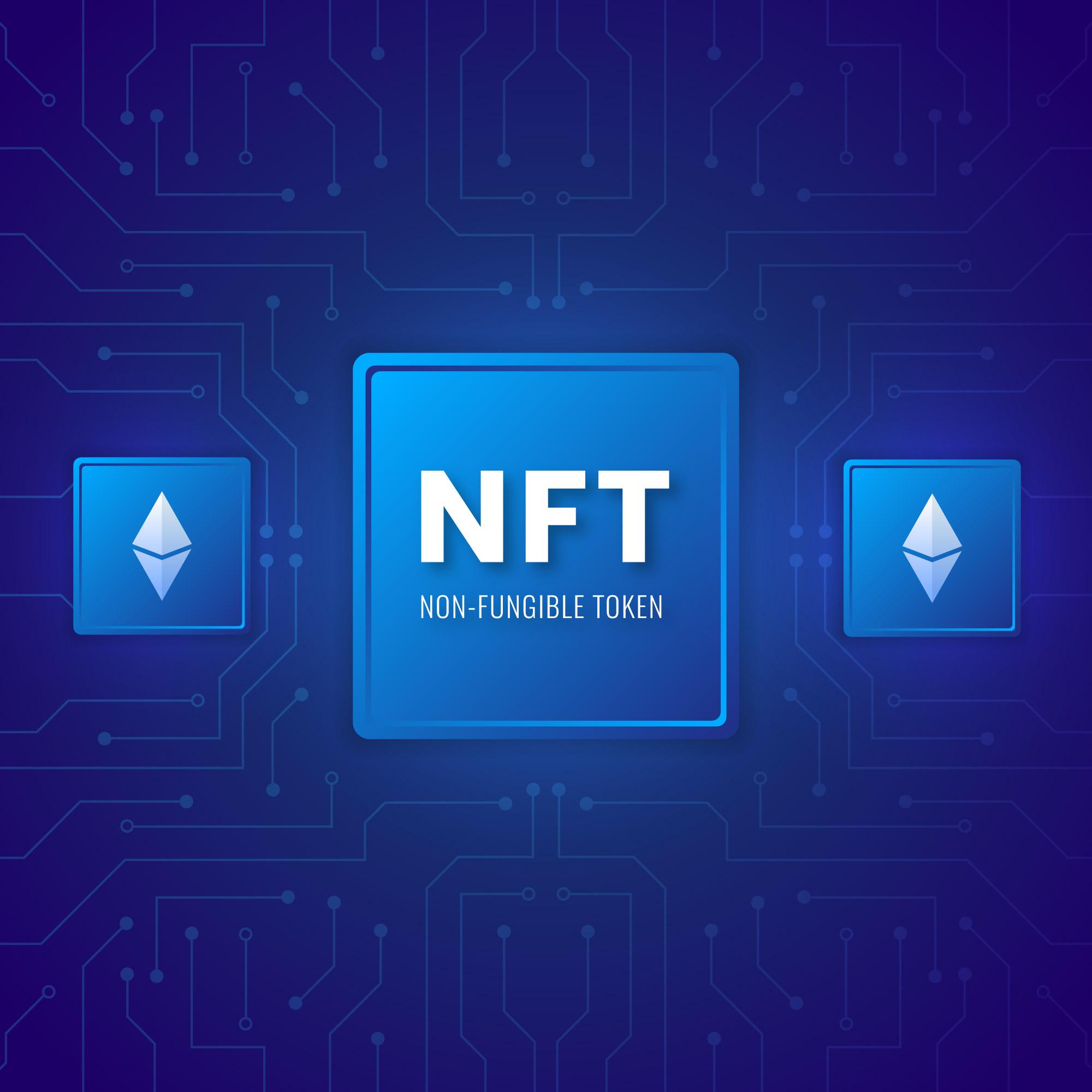


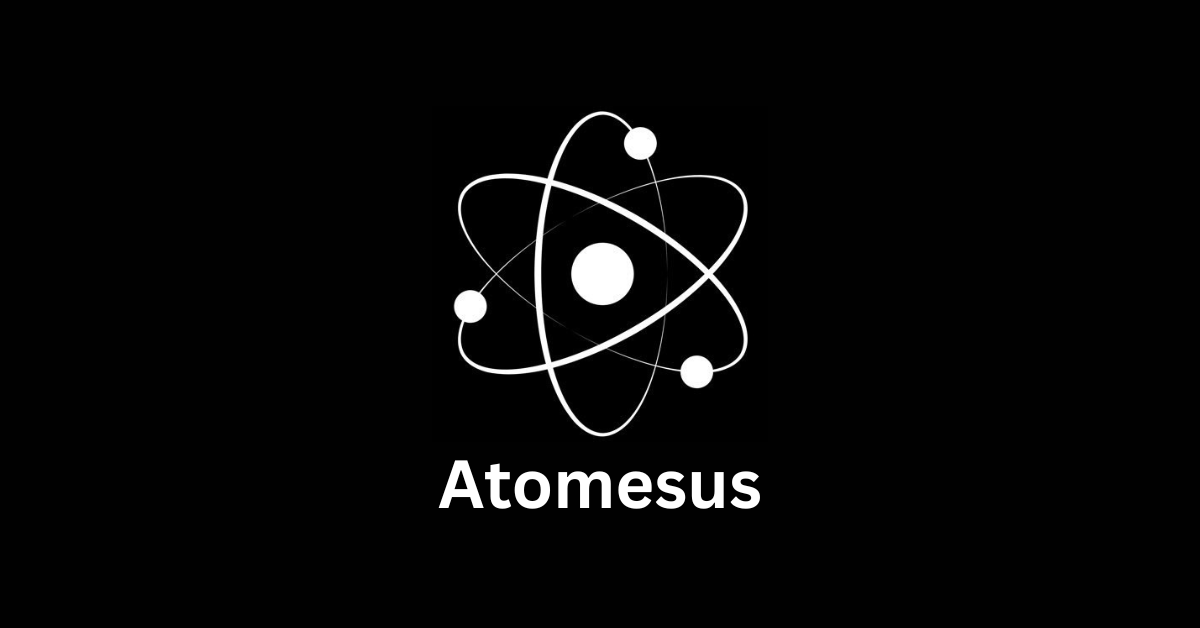







Leave a Reply